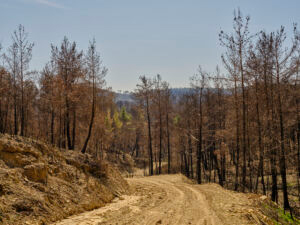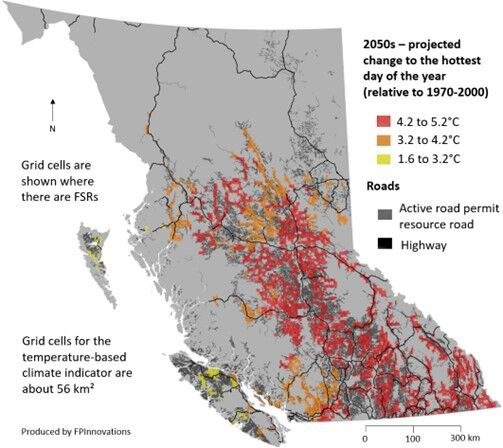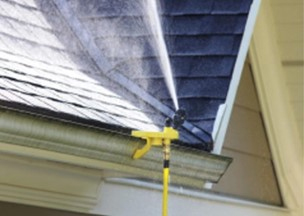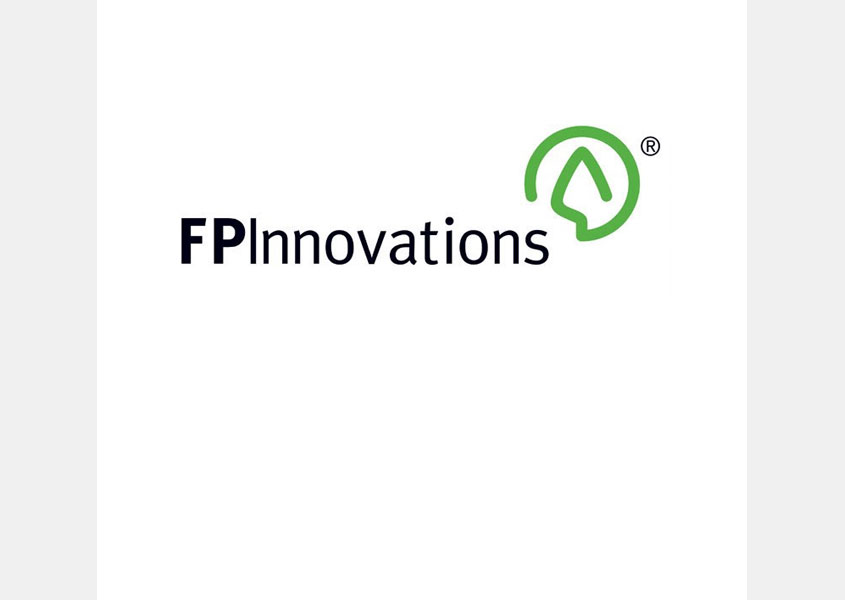Wildfire risks in Canada are currently elevated and continue to increase in severity and frequency.
Many values are threatened including forest ecosystems, water supply, timber, and recreational values, as well as the properties within the wildland-urban interface, and the resource roads and related infrastructure in the forest. We need to improve our understanding of wildfire risks and how these are likely to change in the future.

FPInnovations recently conducted a review of how wildfires impact B.C. resource roads now and in the future, and summarized the findings in two recent reports. The first report, Wildfire Risks to Resource Roads in British Columbia, summarizes available information about wildfire hazards and the established links to known resource road vulnerabilities such as loss of access during wildfires, burnt or degraded crossing structures, and post-wildfire storm flows.
The report also includes numerous suggestions for improving our understanding of climate change impacts on wildfire risks and utilizing existing wildfire management tools to specifically characterize threats to resource roads. Improving our understanding of wildfire risks is necessary if we want to create effective adaptation actions and strategies to create resilience. Numerous potential weather variables have been proposed for making future projections of wildfire severity and frequency (e.g., increase in hottest day of the year) but more work is needed to resolve this important question.
 Change in hottest day of the year may prove useful for understanding future wildfire hazards to resource roads.
Change in hottest day of the year may prove useful for understanding future wildfire hazards to resource roads.
The companion report about wildfire risks, Wildfire Adaptations for Resource Roads in British Columbia, reviews existing and potential adaptations for resource roads using approaches that include planned fuel management and other proactive actions to protect infrastructure from oncoming wildfires, emergency firefighting, and the consideration of post-wildfire risks. The report also highlights knowledge gaps and potential developments that could improve resilience and control risk. For example, using less flammable tree species or cutting down trees in fuel breaks has been shown to slow the rate of spread of wildfires so that they can be more easily suppressed, while using fireproof coatings or remotely controlled sprinkler systems for bridges may reduce flame damage to key structural elements.
 Sprinkler systems driven by remotely started portable pumps may be an effective means of protecting key structural elements on bridges and other critical resource road infrastructure.
Sprinkler systems driven by remotely started portable pumps may be an effective means of protecting key structural elements on bridges and other critical resource road infrastructure.
Consult the reports for more details or contact the reports’ authors,
Source: FPInnovations













